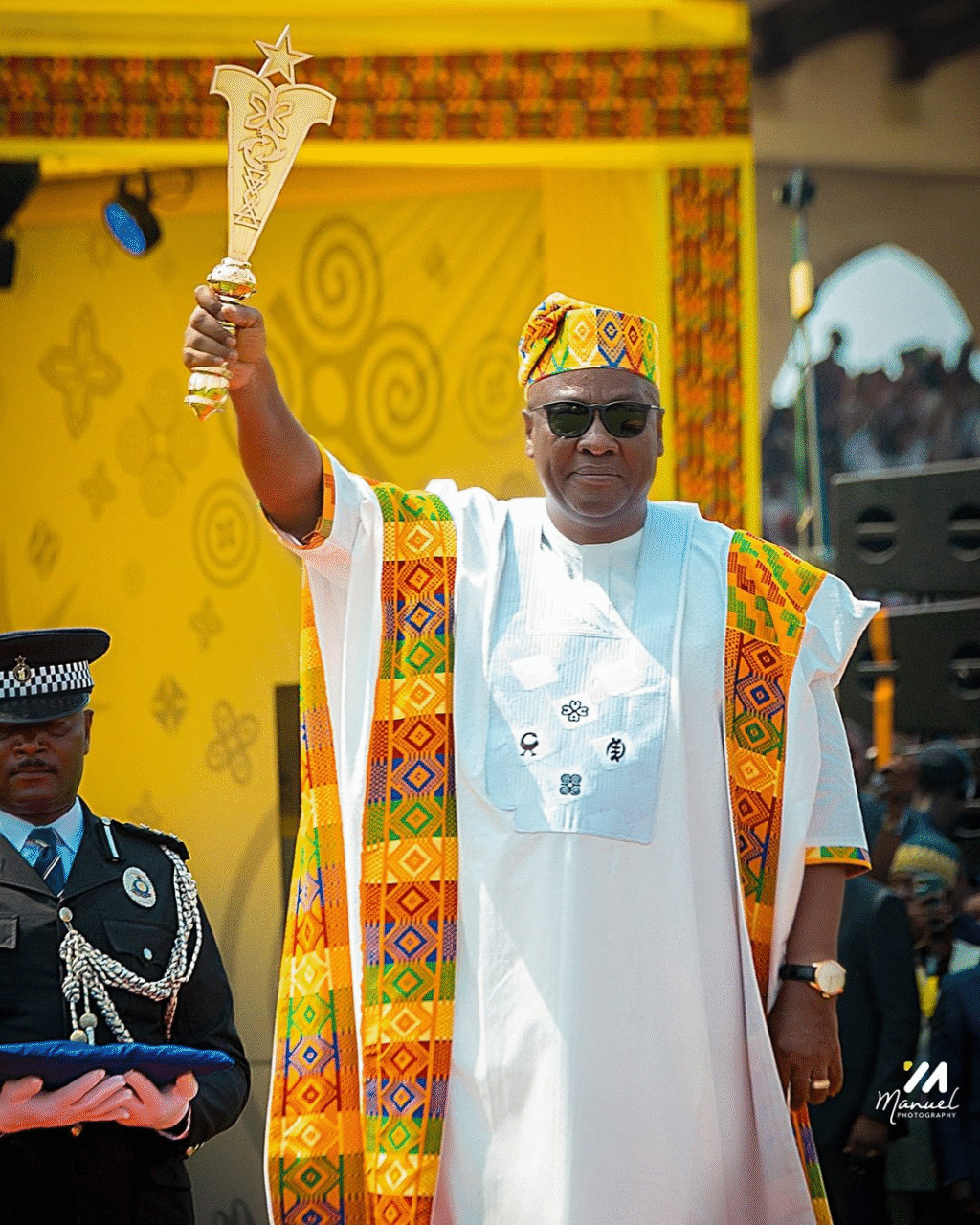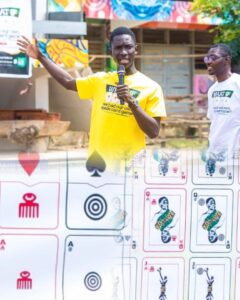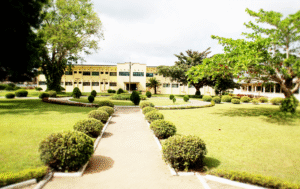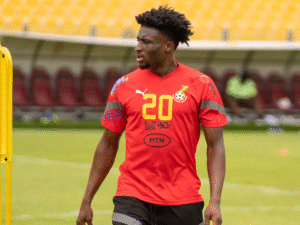
Image Credit: Manual Photography.
At the swearing-in ceremony of H.E. John Dramani Mahama on January 7, 2025, the President-elect made a bold cultural statement with his choice of attire. Dressed in a regal African print with four powerful Adinkra symbols, his outfit went beyond mere fashion, embodying profound messages of resilience, leadership, and continuity. Each symbol on his attire carried a story that reflects themes of his return to the presidency and his vision for Ghana’s future. This article explores the cultural significance of the Adinkra symbols on his attire and how they communicate timeless wisdom and aspirations, blending tradition with the power of modern leadership.
Adinkra symbols, originating from the Akan people of Ghana, are a rich visual communication that convey profound philosophical messages, values, and cultural beliefs. Each symbol represents a concept that is often tied to wisdom, leadership, resilience, or the interconnectedness of life. These symbols are used in textiles, architecture, and art to tell stories, share history, and express identity.

The first Adinkra symbol featured prominently in President Mahama’s attire is Oguanyin mbɛn in Fante, also known as Dwennimmen in Twi. This symbol, which translates to “The horns of the ram” in English, embodies the dual qualities of strength and humility. The ram is known to use its horns to fight during adversities. On the other hand, it is noted as an animal that humbly submit itself when it is time for slaughtering. The ram itself possessess the trait of humility as well. In all, there is a balance of power and gentleness. Through this symbol, His Excellency communicates a profound message to Ghanaians: his return to the presidency will be marked by leadership that combines resolute strength with the humility required to serve the people.

The second Adinkra symbol displayed in President Mahama’s attire is the renowned Gye Nyame, which translates to “Except God” or “I fear nobody, except God the Supreme.” This powerful symbol represents the supremacy, omnipotence, and omniscience of God, affirming His dominion over all things. Incorporating Gye Nyame into his attire means President Mahama emphasizes his unwavering faith in God’s guidance and sovereignty as he assumes the highest office in the land. It serves as a reminder to Ghanaians that his leadership is rooted in trust in divine authority, reflecting humility before God while boldly stepping into his role as a servant of the people.

The third Adinkra symbol incorporated into President Mahama’s attire is Nyame Dua, meaning “The Tree of God” or “God’s Tree.” In Akan tradition, the Nyame Dua is revered for its medicinal and spiritual potency, often planted in front of homes as a symbol of divine protection and worship. This symbol represents acknowledgment of God’s presence, His guidance, and the need for veneration. By choosing this symbol, President Mahama conveys a message of reliance on God’s protection and guidance as he steps into his renewed mandate. It reflects his call for the nation to seek divine direction and unity, emphasizing that his leadership is grounded in faith and a commitment to serve under God’s watchful care.

The final Adinkra symbol featured in President Mahama’s attire is Sankofa, which translates to “Go back and take.” This symbol underscores the importance of revisiting the past to retrieve valuable lessons, traits, and principles that are essential for navigating the present and shaping the future. It signifies positive reversion, revival, and the wisdom of learning from history. By incorporating this symbol, President Mahama draws a connection to his earlier leadership as Ghana’s Vice President and later as President, signaling to Ghanaians that his return is rooted in the experience, knowledge, and values he gained during his previous tenure. It is a pledge to harness the lessons of the past to build a stronger, more united, and progressive Ghana. Through Sankofa, he invites the nation to embrace its history and heritage as tools for future growth and transformation.

Beyond the four Adinkra symbols, their arrangement on President Mahama’s attire also carried a significant message. The symbols were positioned to represent the four cardinal points—North, South, East, and West. This thoughtful design proves His Excellency’s commitment to unity and inclusivity. It signifies that his leadership is for all Ghanaians, regardless of region or background, and extends to Africa and the global community. By this arrangement, President Mahama communicates that he stands as a leader for everyone, promoting harmony and rejecting all forms of discrimination.
President John Dramani Mahama’s choice of attire at his swearing-in ceremony was far more than a fashion statement. It was a profound cultural and philosophical declaration. Through the carefully selected Adinkra symbols of Oguanyin ne mbɛn, Gye Nyame, Nyame Dua, and Sankofa, he communicated key messages of strength, humility, faith, divine protection, and the wisdom of learning from the past. These symbols not only reflect his personal values and vision for leadership but also resonate with the collective identity and aspirations of the Ghanaian people. As he embarks on this new chapter of governance, his attire serves as a reminder that true leadership is rooted in culture, guided by faith, and strengthened by the lessons of history.
Editor: Ama Gyesiwaa Quansah.






Very good and educative article. Keep up the good work 💪 bro
Thanks for your comment.
Great piece from the Ghanalingo team.
Thank you Nana Kwame!
You are doing well Offen, keep the fire burning, you will go far.
Thank you very much Sarah! Keep enjoying Ghanalingo contents.
Thanks for sharing!
It’s inspiring to see how the attire reflects not just personal values but also Ghana’s collective identity. A compelling read that shows the significance of cultural heritage in modern leadership! Happy to see this.
Thank you Sarah. Let ghanalingo.com be your trusted source for everything Ghanaian languages and culture